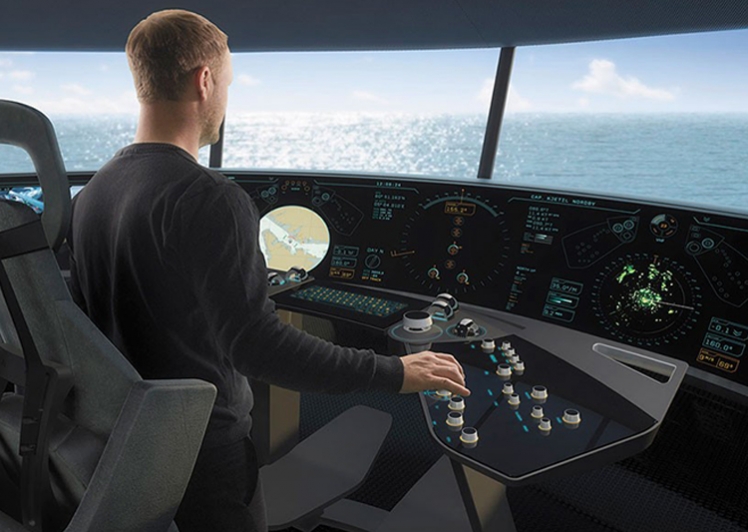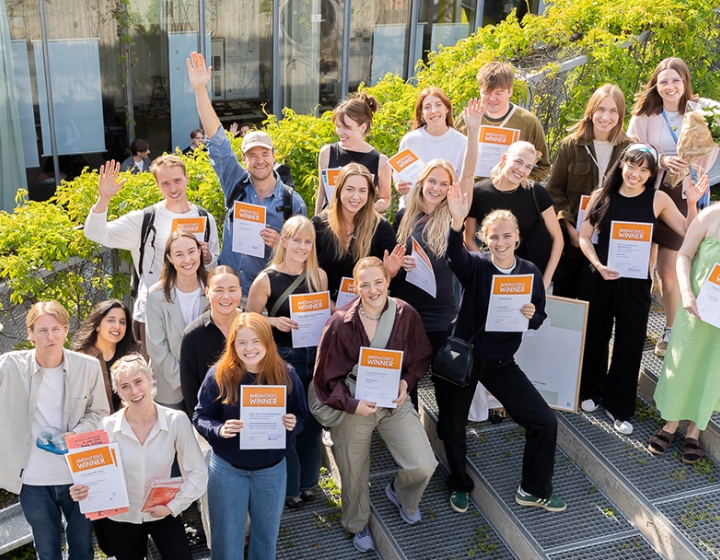Design in uncharted waters
With the user at center and a wish to explore new technology, the designers can contribute in the maritim- and offshore industry. But to design in this line of business is challenging and will ask for high demands of the designers, according to a new Ph.D. degree at AHO.
Norway is big in the maritim industry and has since the beginning of the oil age (early 70's) been at the forefront of technological inventions. Several researchers have pointed to the need of new technology - perfectly suited for humans in modern ships.
Sigrun Lurås at AHO's Institute of Design says that designers have had small roles in this line of work, up until now.
She has written “Systemic design in complex contexts. An enquiry through designing a ship’s bridge” and on the 22nd. of January 2016 she accomplished her Ph.d. degree at AHO.
Sigrun Lurås at AHO's Institute of Design says that designers have had small roles in this line of work, up until now.
She has written “Systemic design in complex contexts. An enquiry through designing a ship’s bridge” and on the 22nd. of January 2016 she accomplished her Ph.d. degree at AHO.
Design can save lifes
Design is very important for safety at sea. Research tells us that a third of all accidents occure because of bad design. During the last couple of years we have gained new concepts like “ECDIS-assisted accidents”, accidents caused by misapplications of electronic maps. A better design, says Lurås, would have most certainly saved lives.From insight to design: Ulstein Bridge Vision
Her Ph.D. work was part of the research project Ulstein Bridge Concept, who designed the ships bridge Ulstein Bridge Vision.
- This is a very good example of how a deep insight to user knowledge and the use of new technology are employed in the design of user friendly and modern work environments in offshore ships.
The project won the DNB Innovation Prize in 2012.
Read more about Ulstein Bridge Concept here



